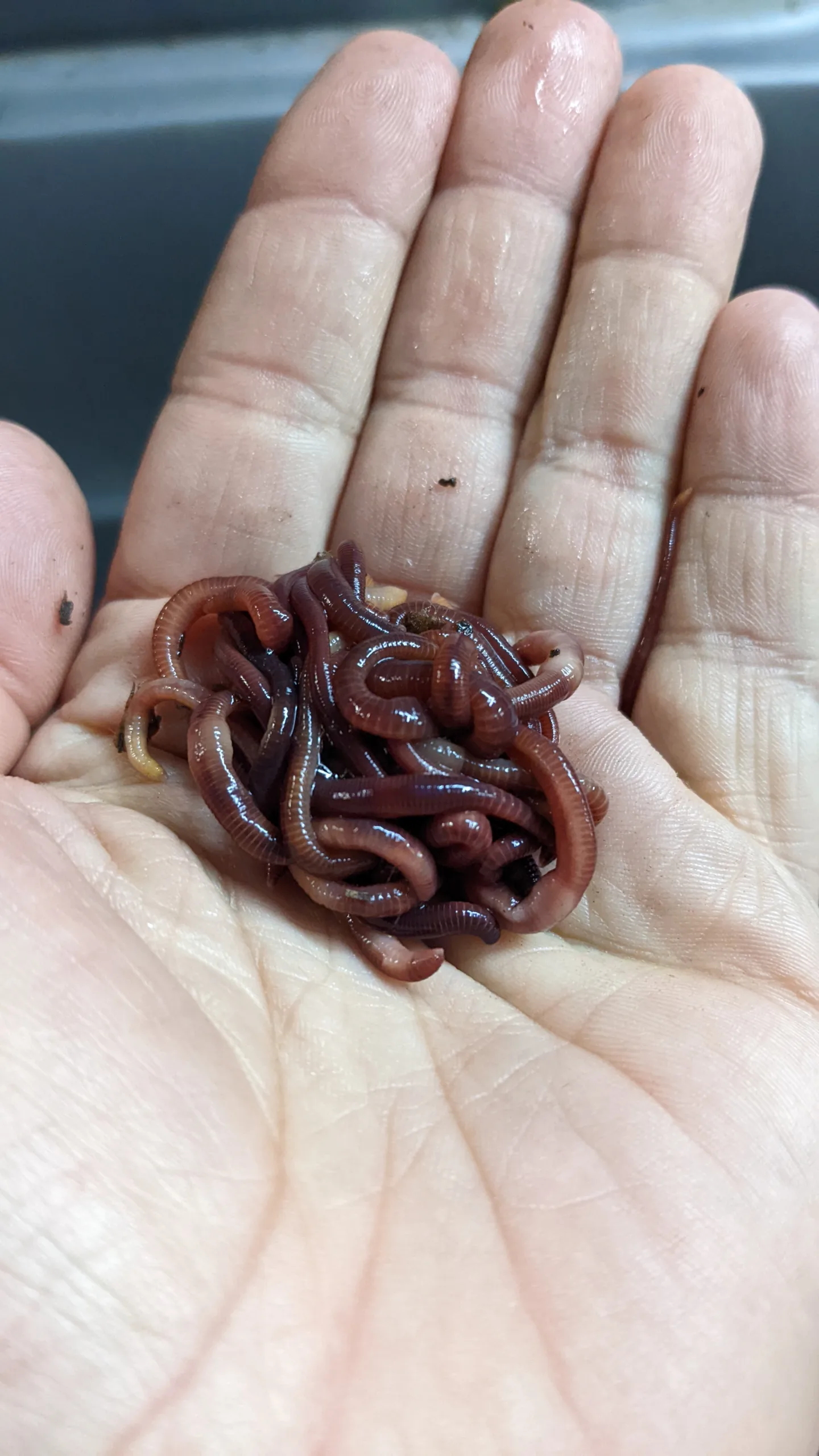The Basic Principles Of Red Wiggler Express
The Basic Principles Of Red Wiggler Express
Blog Article
The Buzz on Red Wiggler Express
Table of ContentsThe Ultimate Guide To Red Wiggler ExpressThe Main Principles Of Red Wiggler Express The Ultimate Guide To Red Wiggler Express7 Simple Techniques For Red Wiggler ExpressAll about Red Wiggler Express
And the thriving Red Worm populace? Also in the stack that was established up straight in front of backyard composters with existing Red Worm nests.
Several ranges, including Red Wigglers, European Nightcrawlers, and Lumbricus types were brought over from the European continent. Here's the thingNative or not - and as skilled as they are at being able to survive in a wide-range of environments and conditions -. In various other words, they are even more likely to hang around in any kind of energetic composting systems you have set up, than they are to roam off and start destroying the atmosphere.
Roots call for oxygen for respiration and rely upon smooth airflow within the dirt to thrive. When it rains, soil can end up being saturated with water, minimizing the oxygen offered and impeding nutrient absorption. To maintain an optimum equilibrium, the dirt needs to permit water to drain pipes adequately, leaving adequate space for air to support origin wellness
Red Wiggler Express - Questions

When it involves worms for composting, what enters your mind? If you were an earthworm breeder, supplier, or simple gardener, then you 'd understand that red wiggler worms are the suitable worms for vermicomposting. For more information regarding these earth marvels, reviewed several of the red worm facts listed below.
(https://www.addirectory.org/index.php?q=Red+Wiggler+Express&x=57&y=12)If they extend their bodies, you'll be able to see the red stripes on their skin. When raising worms such as red wiggler worms, you ought to be able to understand exactly how to profit them. When you're able to maintain and care for their habitat well, and additionally feed them the appropriate sort of natural wastes, then they'll be able to create nutrient-packed and quality-rich worm spreadings for you (likewise referred to as worm poop or compost).
Some Known Questions About Red Wiggler Express.
So, what do worms consume? Well, these red wriggler worms can be fed with kitchen area scraps and garden wastes. Any kind of rotting organic stuff will do like veggie and fruit peels, smashed egg shells, made use of tea bags, coffee premises, turf clippings, dry fallen leaves, and others. Make certain not to feed them foods that are oily, citrusy, or has meat or milk in them.

This behavior makes them appropriate permanently in worm containers, compost heap, and other constrained rooms where natural waste is plentiful. Developing an ideal setting for red wigglers calls for a thoughtful technique. Think about the complying with necessary components to care for red wigglers in your home and ensure their well-being: Utilize a bed linen of shredded newspaper or cardboard.

Include a handful of completely dry, shredded paper if the bin comes to be as well damp. Certainly, they do! Red wiggler worms recreate by laying tiny, lemon-shaped eggs in safety cocoons. These cocoons are typically deposited in the bed linens and hatch into baby worms within a couple of weeks. The rapid recreation cycle of red wigglers is one of the reasons they are favored for vermicomposting.
The 6-Second Trick For Red Wiggler Express
Their versatility and strength have actually made them a preferred option for vermicomposting in numerous areas around the world. Take into consideration safety measures for very extreme temperatures such as: Insulating the worm bin with layers of straw or leaves. Where To Buy Worms.

When looking after your red wigglers it is essential to bear in mind to: 1) K.I.S.S (Keep it Simple) and 2) whatever in moderation. These guidelines put on feeding your compost worms, sprinkling your worm bins, and practically whatever else associated with taking care of them. Just bear in mind - you can always add even more food later (yet it's tough to get rid of feed once it's been contributed to a bin!).
Due to the fact that I fed the red wigglers and compost worms also much, they weren't able to keep up and over time the older food went leftover and developed anaerobic problems that killed the worms. Below're the 6 gold regulations for exactly how typically and how much to feed your worms: Guideline # 1: Moderation!
A Biased View of Red Wiggler Express
Leftover food will lead to anaerobic problems that will certainly kill your real-time worms. Policy # 6: After the very first feeding, feed the worms 1/3 to 1/2 of their weight.
Report this page